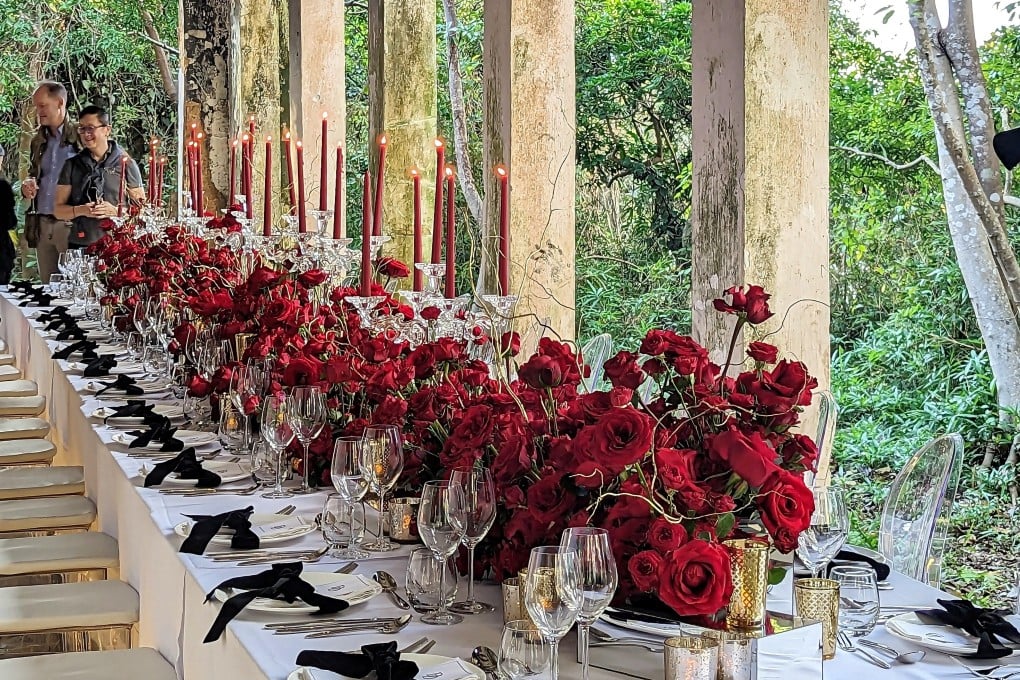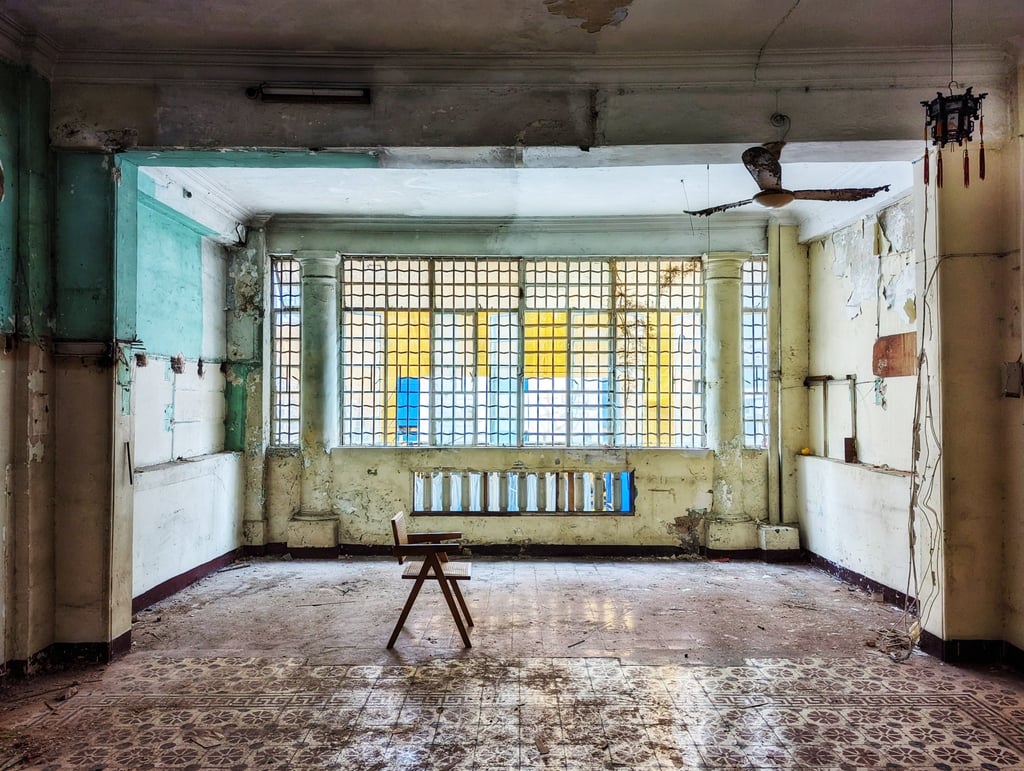Hong Kong’s secret abandoned houses and places – this interior designer loves them so much, she held a luxury dinner at one
- Sacha Yasumoto discovered urban exploring during the pandemic and has since visited over 250 abandoned buildings and places in Hong Kong
- Her recent ‘Dangerous Dinner’ took guests – blindfolded for the shuttle bus ride – for a luxury meal at one. She’s planning a similar brunch event for March

Sacha Yasumoto came to “urbex” – urban exploration – relatively recently, taking up the hobby of hunting down forgotten historic properties around Hong Kong when Covid-19 put a stop to her globetrotting lifestyle.
But once the UK-born interior designer got started – her first was an abandoned house that her teenage son spotted from their Tuen Mun apartment – she poured herself into the “urban explorer” movement in Hong Kong.
She became an administrator of the “Hong Kong Abandoned Villages” Facebook group, organising private tours and photography exhibitions, including her own “LovedThenAbandoned” show at the Asia Society Hong Kong in Admiralty in December 2022.
In two years, the wife of Japanese property developer and philanthropist Alex Yasumoto has clocked up 250 sites and counting.

The Facebook group receives the occasional phone tip-off that sends them rushing off on another cloak-and-dagger expedition. Members are sworn to secrecy regarding the locations – large local tours would risk damaging the properties further – and are banned from taking anything from the sites.